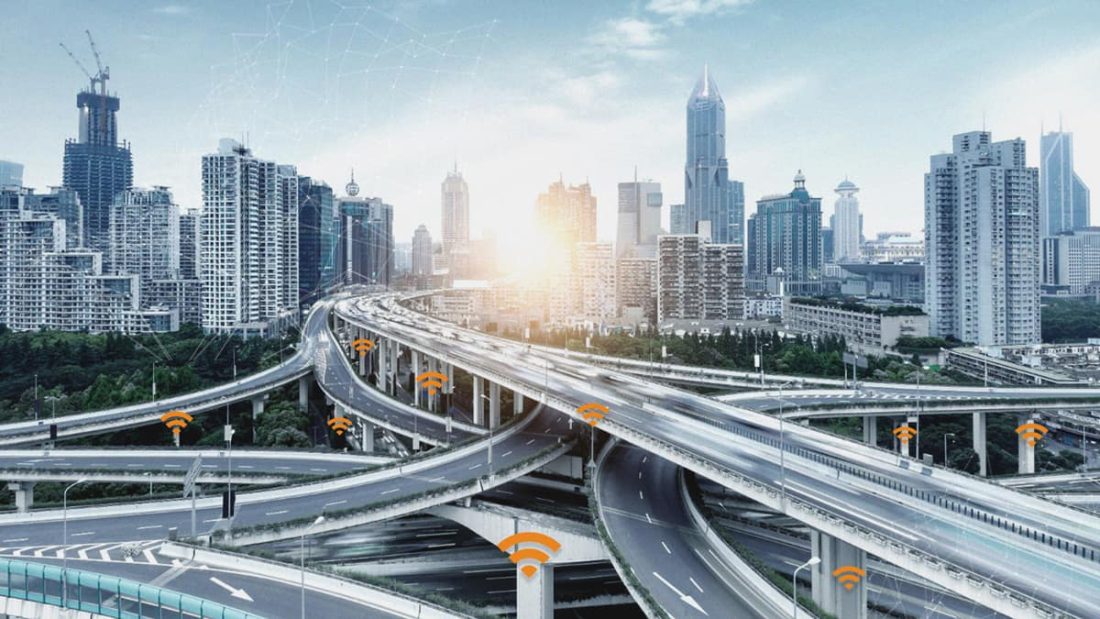Bridge Health 101: The Shift to Monitoring
Introduction
Bridges are a vital part of our infrastructure, often taken for granted until something goes wrong. Conventional bridge inspection programs have been pivotal in maintaining the safety and functionality of these indispensable structures. However, as technology advances, Structural Health Monitoring (SHM) is emerging as a transformative approach that can greatly benefit bridge asset owners. In this post, we will explore the basics of traditional bridge inspection programs and discuss how SHM is redefining asset management.
Traditional Bridge Inspection Programs
Typically, bridge inspection involves visual inspections performed by skilled engineers who evaluate the condition of critical components like the deck, superstructure, and substructure. These inspections are generally governed by regulatory standards and take place at regular intervals—usually every two years in countries like the United States, as mandated by the Federal Highway Administration (FHWA). While effective to an extent, traditional methods are time-consuming, labor-intensive, and often require traffic disruption. Furthermore, they provide only a snapshot of the bridge’s condition at the time of inspection, leaving gaps in continuous monitoring.
Introducing Structural Health Monitoring (SHM)
Enter Structural Health Monitoring, a more dynamic and data-driven approach. SHM uses various types of sensors—ranging from accelerometers to corrosion monitors—to continuously collect data about a bridge’s condition. This data can be analyzed in real-time, offering a more comprehensive and timely understanding of structural performance. Unlike traditional methods, SHM systems allow for 24/7 monitoring without human intervention, capturing changes in conditions like stress, strain, and vibration that could signify a potential issue.
-
Real-time Data
SHM systems provide asset owners with real-time data, enabling more rapid and informed decision-making. The immediacy of this information is invaluable, especially in emergency scenarios where quick action is required to mitigate risks. -
Cost-Effectiveness
Though there is an initial investment for sensor installation and system setup, the long-term savings are considerable. Continuous monitoring reduces the need for frequent manual inspections, thereby cutting labor costs and minimizing traffic disruptions. -
Proactive Maintenance
With SHM, asset owners can shift from reactive to proactive maintenance strategies. Advanced analytics can predict potential issues before they escalate, allowing for timely interventions that extend the bridge’s lifespan and avoid costly emergency repairs. -
Safety and Reliability
Perhaps the most critical benefit is the enhancement of safety. Continuous monitoring enables asset owners to detect anomalies before they become critical issues, thereby greatly improving the reliability and safety of the bridge structure.
Conclusion
While traditional bridge inspection programs have served us well, Structural Health Monitoring offers a smarter, more efficient, and data-centric approach. By embracing SHM, bridge asset owners not only ensure superior safety but also achieve significant cost savings in the long run. As we transition into an increasingly connected world, adopting modern methods like SHM is not just beneficial—it’s imperative for the sustainable management of our invaluable infrastructure assets.

